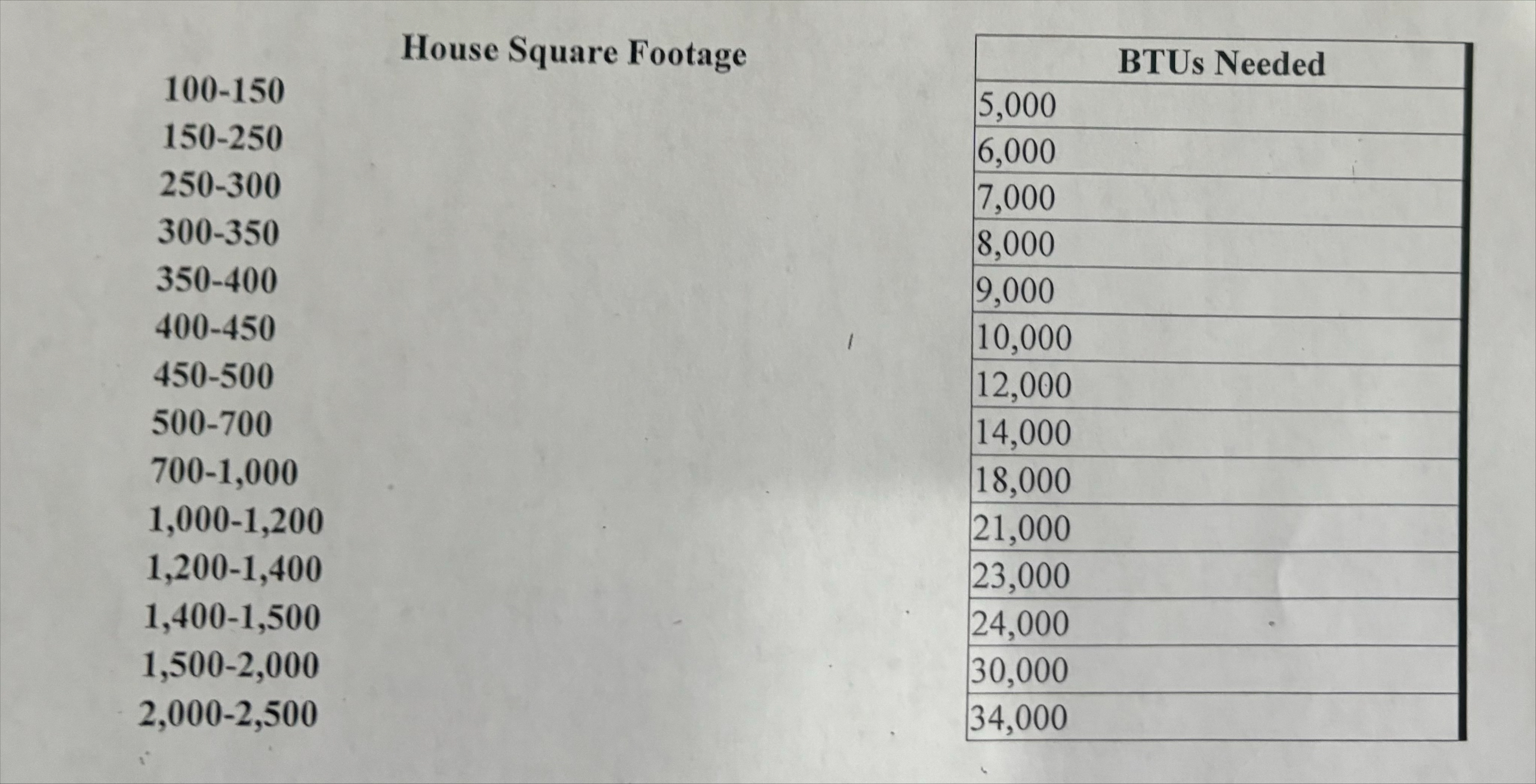The Climate Factor
In regions with warmer climates, the emphasis is on a higher SEER rating. SEER reflects the overall system efficiency on a seasonal basis and specifically measures the energy efficiency during peak day operations. On the other hand, in colder climates, a higher HSPF becomes more important.
Recommendations by Experts
The American Council for an Energy-Efficient Economy advises consumers to consider purchasing a heat pump with a minimum of 15 SEER and 8.5 HSPF. For those aiming for top-tier efficiency, Energy Star-rated heat pumps with ratings ranging from 18 to 27.5 SEER and 8.5 to 12.5 HSPF are recommended.
Understanding HSPF
Heating Seasonal Performance Factor (HSPF) is a crucial measure of a heat pump's heating efficiency. The higher the HSPF percentage, the more efficient the unit. HSPF values can range from 6.8 to 13.5. To be recognized as ENERGY STAR rated, the lowest HSPF ratings are 8.2 for single package units and 8.5 for split systems, while traditional systems typically fall between 6.8 and 7.7.
Expert Advice: Trust Your HVAC Professional
For those living in colder areas, it is advisable to seek a heat pump specifically designed for low temperatures. Inverter heat pumps, known for their energy efficiency and improved comfort, are recommended over traditional HVAC systems and old-school heat pumps. Additionally, they often qualify for the best rebates and tax credits.
Federal Tax Credits
Starting in 2023, homeowners can benefit from a tax credit of 30% of the cost, up to $2,000, for heat pumps and/or heat pump water heaters. This incentive, outlined in the Inflation Reduction Act and Section 25C of the US tax code, is subject to certain models meeting the criteria. Consultation with a tax advisor is recommended to determine eligibility based on tax liability.
In conclusion, when navigating the SEER vs. HSPF dilemma, understanding your climate's specific needs and seeking guidance from HVAC professionals can lead to a more energy-efficient and cost-effective choice for your home's heating and cooling system.
About BTUs
British thermal unit (Btu) is a measure of the heat content of fuels or energy sources. One Btu is the quantity of heat required to raise the temperature of one pound of liquid water by 1 degree Fahrenheit at the temperature that water has its greatest density (approximately 39 degrees Fahrenheit).
How BTUs and tonnage are linked
Once you have an idea of how many BTUs you may need for an AC unit, you'll want to know the corresponding tonnage for your air conditioner. Tonnage in HVAC terms, is another way to describe your unit's cooling capacity, or how much heat your AC is capable of absorbing in order to reduce a room's temperature. One ton of cooling (also called refrigeration) refers to the amount of heat needed to melt a pound of ice over 24 hours, according to FurnaceCompare.com It's roughly the same as 12,000 BTUs per hour. That means a 2-ton AC unit has a 24,000 BTU/hr cooling capacity because 12,000 x 2=24,000. A 2.5-ton unit has a 30,000 BTU, a 3-ton unit has a 36,000 BTU and so on.

